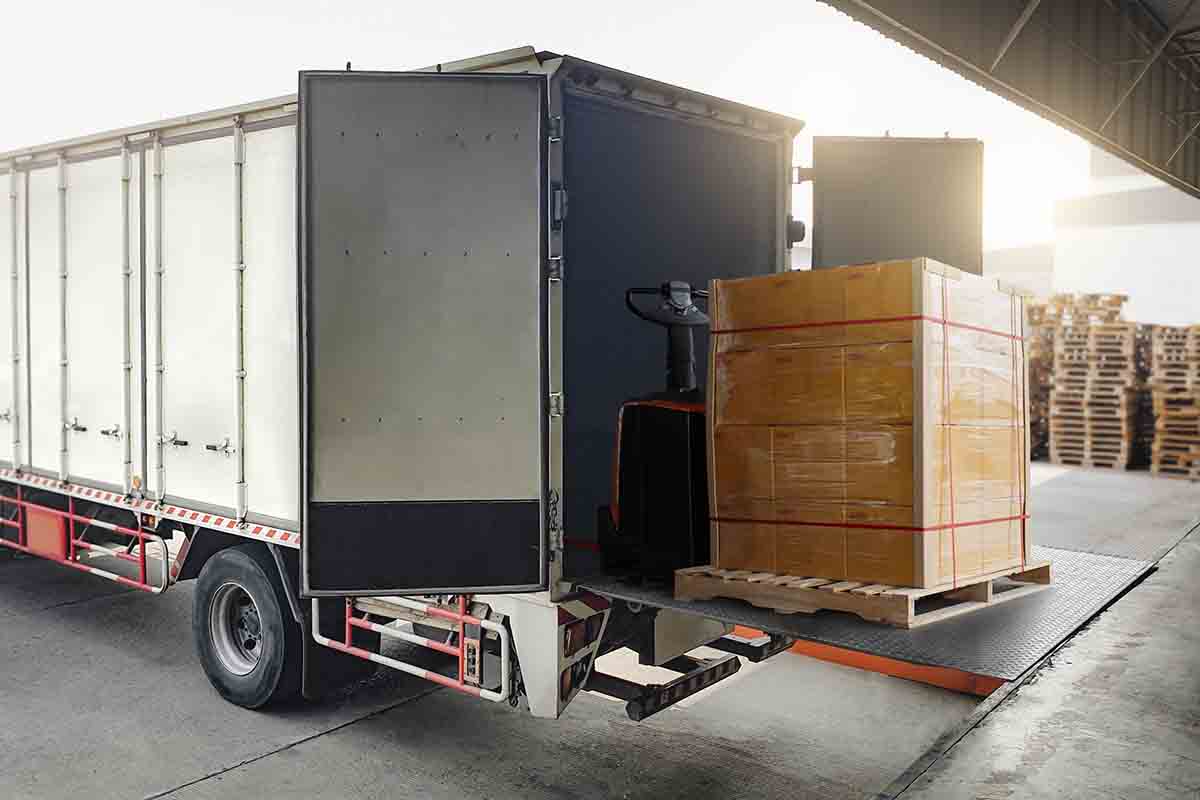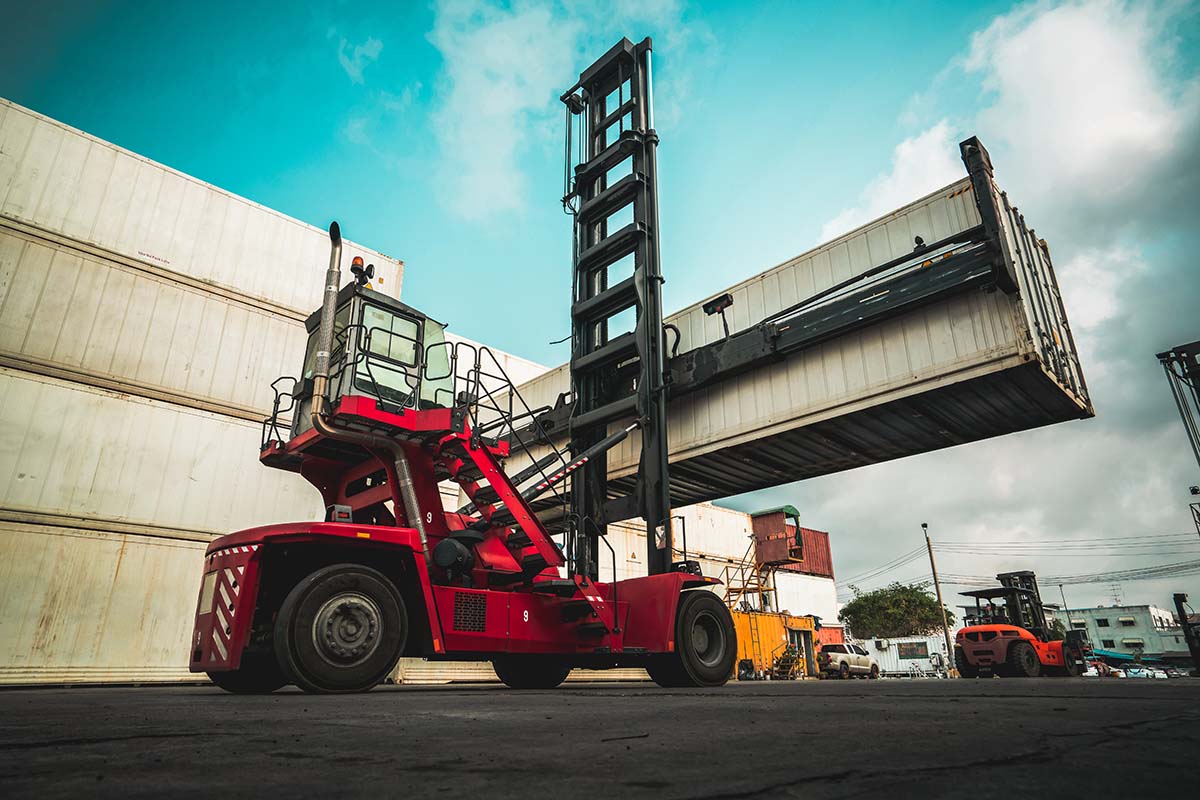From Port to Project Site: The Art of Heavy Equipment Shipping
Shipping heavy equipment from the port to the project site is like orchestrating a symphony – it requires careful planning, precision, and a harmonious coordination of various elements. Whether you’re moving bulldozers, excavators, or cranes, the journey from the port to the project site is a crucial phase that demands attention to detail. In this blog post about heavy equipment transport, we’ll unravel the complexities of this process and explore the key considerations that make it an art rather than just a logistical task.
The Prelude: Planning and Preparation
A meticulous planning phase sets the stage before the heavy machinery even rolls onto the port. Imagine this as the composer sketching the musical score. Here’s what goes into the prelude:
Site Assessment
- Understanding the Lay of the Land: Every project site is unique. The first step is a comprehensive assessment of the terrain, ensuring that the route from the port to the site is navigable for the specific machinery being transported.
Regulatory Harmony
- Navigating Legal Waters: Regulations can be a maze. From permits to weight restrictions, aligning with local and international laws is crucial. Think of it as ensuring the orchestra has all the necessary permits to perform.
Logistics Choreography
- Choosing the Right Carriers: Different equipment demands different carriers. Selecting the appropriate shipping method – be it by road, rail, or sea – is akin to choosing the right instruments for a symphony.
Act I: Portside Preparations
As the heavy equipment arrives at the port, the performance begins. This act involves a series of tasks that ensure a smooth transition from static cargo to a mobile convoy.
Rigging and Securing
- Tying Down the Instruments: Rigging specialists secure the heavy machinery onto transport vehicles. It’s like strapping instruments into place, making sure nothing goes out of tune during the journey.
Loading Dance
- Precision Loading: Loading heavy equipment is a delicate dance. Every piece must be positioned with utmost precision, like placing musicians in their designated spots on stage.
Documentation Symphony
- Paperwork Harmony: In the world of logistics, paperwork is the sheet music. Bills of lading, customs documentation, and shipping manifests are the notes that compose the symphony of shipping.
Interlude: The Journey Across Waters
For equipment shipped by sea, the interlude involves navigating the vast expanse of water. It’s a peaceful stretch of the performance but requires its own set of considerations.
Marine Navigation
- Navigating the Waves: Just as a ship captain charts a course, ensuring the safe passage of heavy equipment involves marine navigation expertise. It’s the tranquil part of the symphony where instruments take a back seat, and the waves lead.
Weather Watch
- Harmonizing with Nature: Weather can be unpredictable. Monitoring forecasts is akin to adjusting the tempo based on the atmospheric conditions, ensuring a smooth transition from sea to land.
Act II: On the Road Again
As the heavy machinery reaches land, Act II commences – the road journey. This is where the symphony builds up, with the heavy equipment taking center stage on the transportation stage.
Traffic Choreography
- Dancing Through Traffic: Maneuvering through city streets or rural roads requires its own choreography. It’s like weaving through the traffic notes, ensuring the convoy stays in rhythm.
Roadside Pit Stops
- Musical Breaks: Just as a symphony needs breaks for musicians to rest, heavy equipment may require pit stops for maintenance checks. The intermission ensures the instruments are in top condition for the grand finale.
Crescendo: Arrival at the Project Site
The journey crescendos as the heavy equipment arrives at the project site. It’s the climax of the symphony, where the machinery is ready to perform its role in the construction ensemble.
Unloading Choreography
- Setting the Stage: Unloading heavy equipment is a choreographed performance. Cranes, forklifts, and skilled operators work together to position each piece precisely. It’s like the instruments taking their places on the stage.
Site Integration
- Joining the Ensemble: Integrating heavy equipment into the project site is the final act. It’s where each piece becomes part of the larger construction orchestra, contributing its unique sound to the overall composition.
Final Notes: Reflections on the Symphony of Shipping
Shipping heavy equipment from the port to the project site is a symphony – a harmonious blend of planning, execution, and coordination. From the prelude of meticulous planning to the crescendo of arrival at the project site, every step is a note in the grand composition of logistics. Like a master conductor leading an orchestra, successful heavy equipment shipping requires skill, precision, and a deep understanding of the unique nuances of each instrument in the logistical ensemble.
In the end, it’s not just about moving machinery from one point to another; it’s about creating a symphony of efficiency and reliability. The art of heavy equipment shipping lies in turning a logistical process into a seamless, orchestrated performance that brings construction projects to life.



















